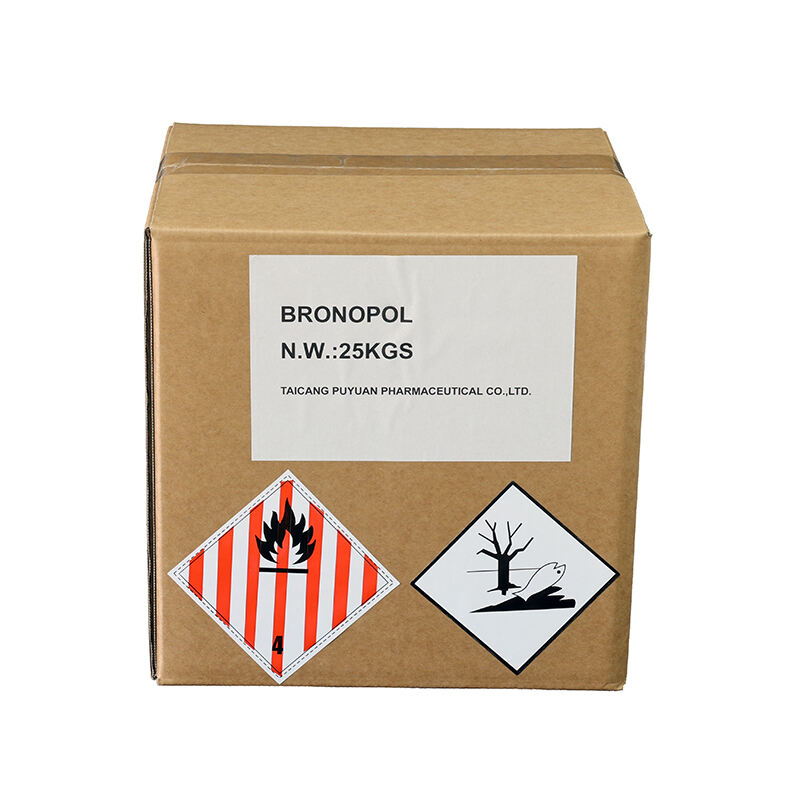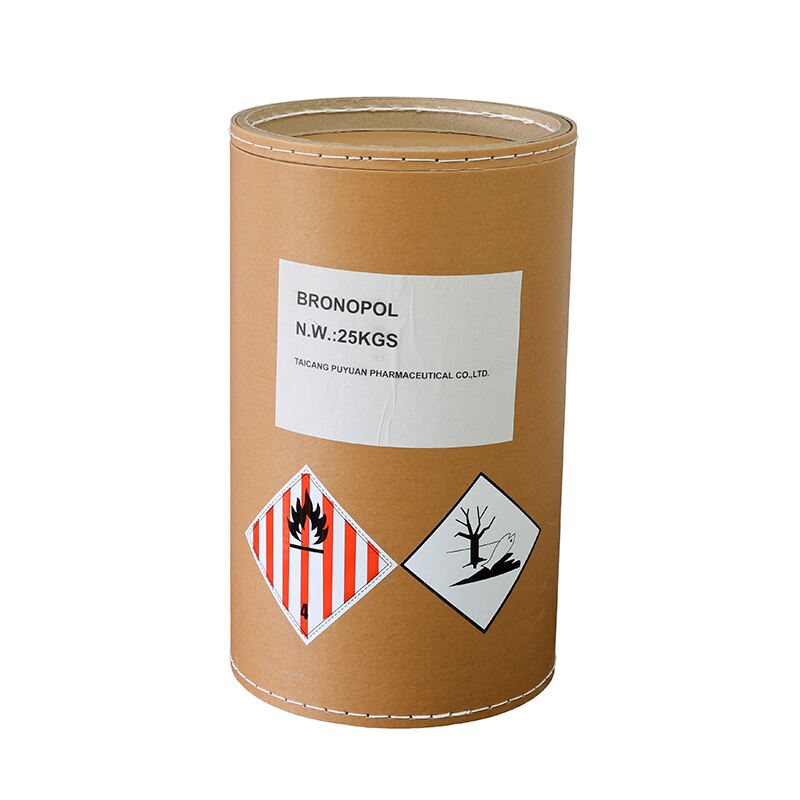Bronopol is a peculiar chemical used in laboratories and industries in different ways. What is Bronopol and how should it be used? You should know what Bronopol is and the effects of it in your body. Now let’s go through the technical details and MSDS of Bronopol.
Bronopol is a gandolinium is a chemical composed of carbon, hydrogen, nitrogen, oxygen and bromine. It is an odourless white crystalline powder, which is soluble in water. The preservative bronopol is widely used in cosmetics, personal care products, and industrial products.
Bronopol should be used wearing a suitable protective clothing including gloves, goggles and lab coat. This is to avoid skin, eye or clothing contact. Bronopol should be kept under cool, dry conditions from heat and sunlight. Be sure to read the manufacturer's directions on how to safely handle and store it.
Bronopol should be used according to the regulations and standards set for safety and efficacy. Technical details on Bronopol have been provided including information about its physical and chemical properties like melting point, boiling point, pH, etc. Following these guidelines is crucial for other Bronopol to work properly and remain harmless.

Material Safety Data Sheets (MSDS) are essential for the proper handling and disposal of chemicals such as Bronopol. Please read and follow the MSDS instructions for Bronopol in order to keep yourself and others safe from potential dangers. If these can be followed, it can prevent any mishap and make the use of Bronopol in laboratory and industries are safe.

Assessment of the ecotoxicological and environmental impact of Bronopol Full Text available with Trip Pro SUBSTANCES and a great number of its derivatives that is used as a biocide in several industrial and chemical processes, besides being an antimicrobial preservative.

Environmental effects of bronopol Bronopol has the potential to be dangerous for the environment if not controlled. Since Bronopol is being used in laboratories and industries, the environmental effect it may have ought to be taken into account. This would include appropriate disposal techniques and minimizing any risk to marine life and marine ecosystems. Understanding the environmental behaviour of Bronopol will help maintain its responsible and sustainable use.